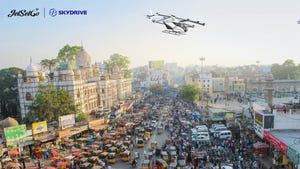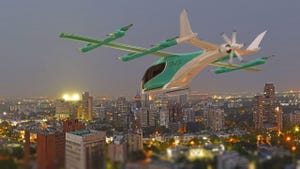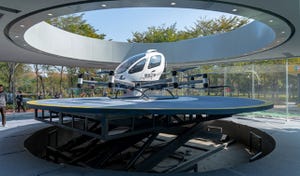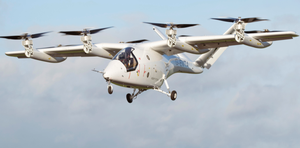NHTSA Investigates Tesla Crashes in Low Visibility ConditionsNHTSA Investigates Tesla Crashes in Low Visibility Conditions
Automaker’s Full Self Driving software being investigated following four crashes

Tesla is facing another probe into its Full Self Driving (FSD) software by the National Highway Traffic Safety Administration (NHTSA).
The NHTSA is looking into four crashes involving Tesla cars fitted with FSD Beta or FSD Supervised which occurred in low visibility, one of which resulted in a fatality and another in an injury.
According to a document posted on the NHTSA website, the reduced visibility was caused by “conditions such as sun glare, fog or airborne dust.”
The document goes on to explain that the investigation will attempt to address: “the ability of FSD’s engineering controls to detect and respond appropriately to reduced roadway visibility conditions; [and] whether any other similar FSD crashes have occurred in reduced roadway visibility conditions.”
It will also look at “the contributing circumstances for those crashes [and] any updates or modifications from Tesla to the FSD system that may affect the performance of FSD in reduced roadway visibility conditions.”
A total of 2.4 million vehicles are covered by the Office of Defects preliminary evaluation including Model S and Model X cars made between 2016 and 2024; Model 3s built from 2017 to 2024; Model Ys from 2020 to 2024; and Cybertrucks from 2023 to this year, which offer customers the option to run FSD.
Tesla is no stranger to NHTSA probes into its automated driving software. Earlier this year an Engineering Analysis investigation was concluded into more than 900 crashes – at least 13 of which caused fatalities – that involved Teslas fitted with driving assistance tech, stretching back to 2022.
At the same time, the NHTSA launched a new probe into why a recall Tesla had issued to deal with misuse of its Autopilot tech – a less advanced version of FSD – appeared to be “insufficient to prevent driver misuse.”
Separately, the U.S. Department of Justice has also had Autopilot and FSD under scrutiny, amid suggestions the tech’s capabilities have been oversold and its marketing has been misleading.
However, that hasn’t stopped Tesla aggressively trying to push FSD to customers this year, with a series of price cuts and reduced subscription fees, plus free trials, in an effort to encourage take-up, which remains below expectations.
And at the recent We Robot event which saw the unveil of the firm’s eagerly awaited autonomous Cybercab robotaxi and a Robovan, CEO Elon Musk claimed that FSD would be able to operate unsupervised – ie without driver input – in California and Texas by next year, although he did not provide any detail as to how this would be achieved.
About the Author
You May Also Like


.png?width=700&auto=webp&quality=80&disable=upscale)





